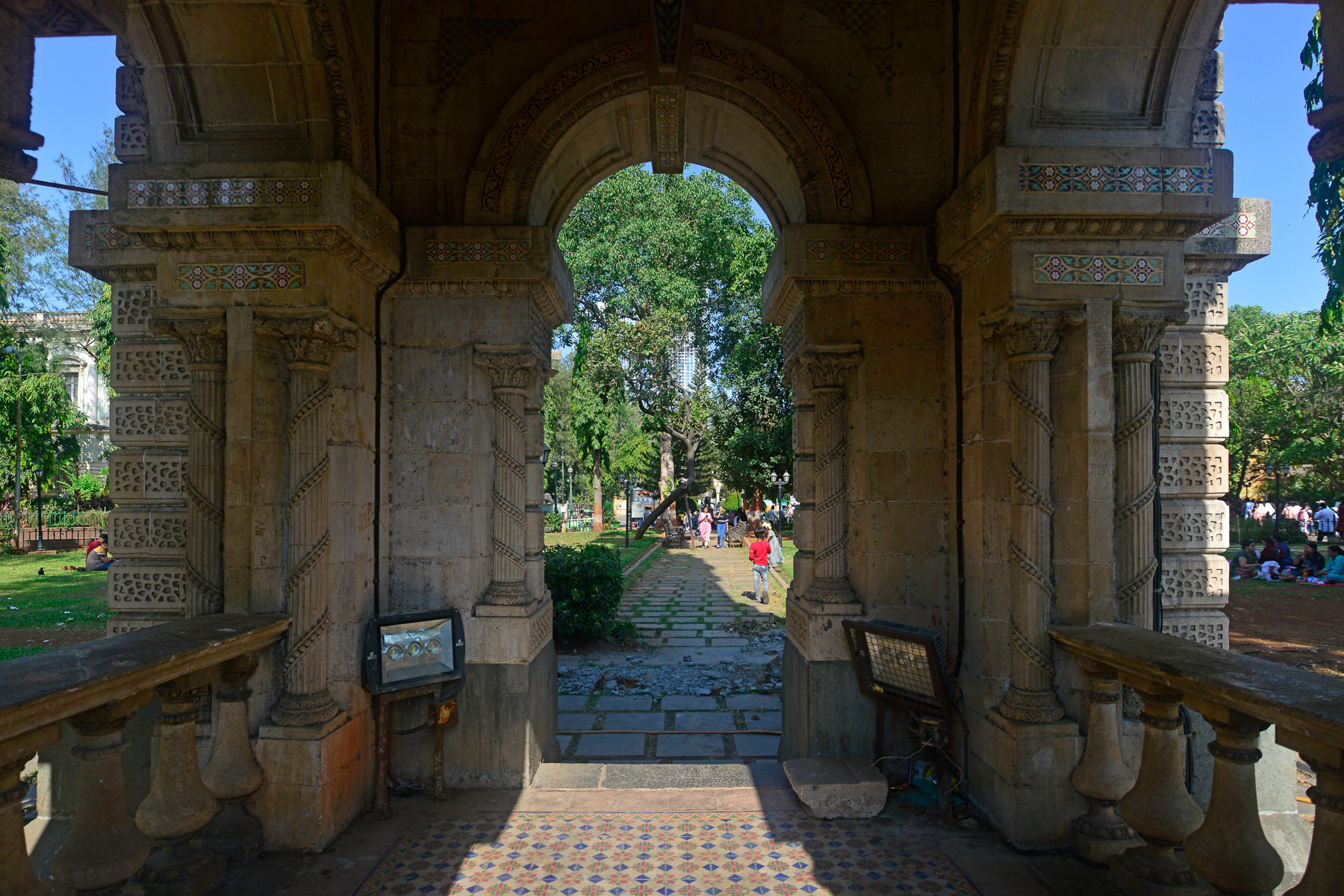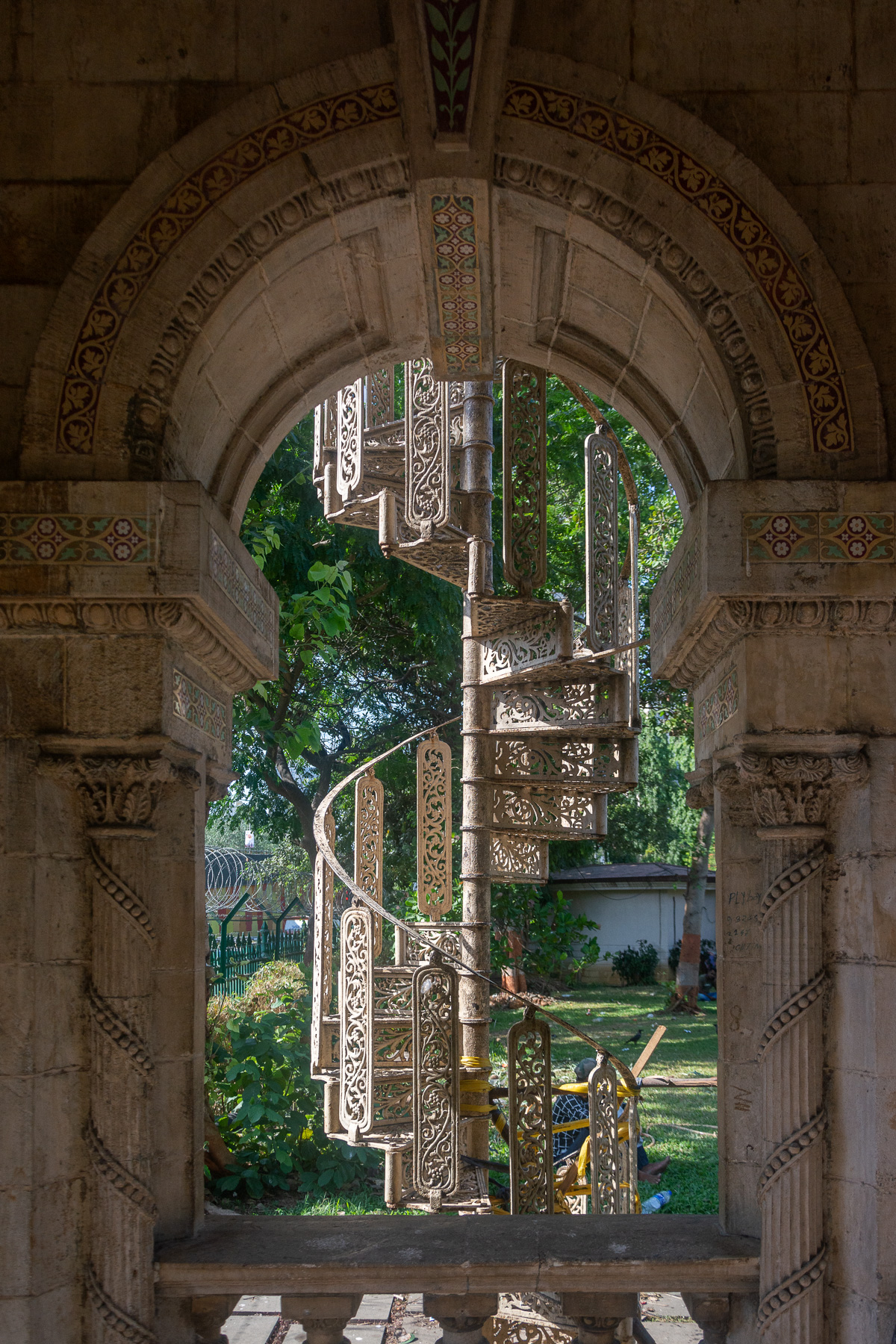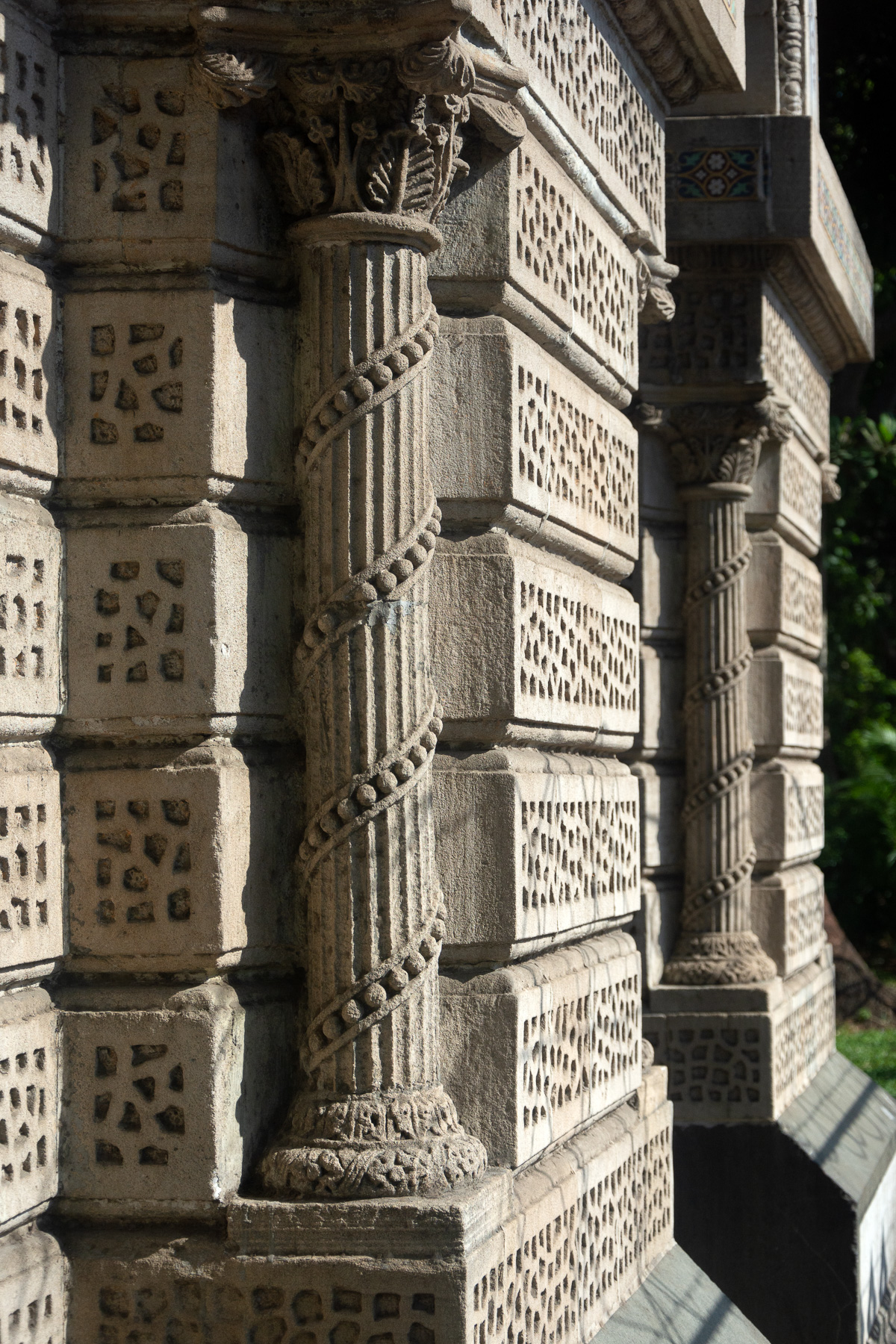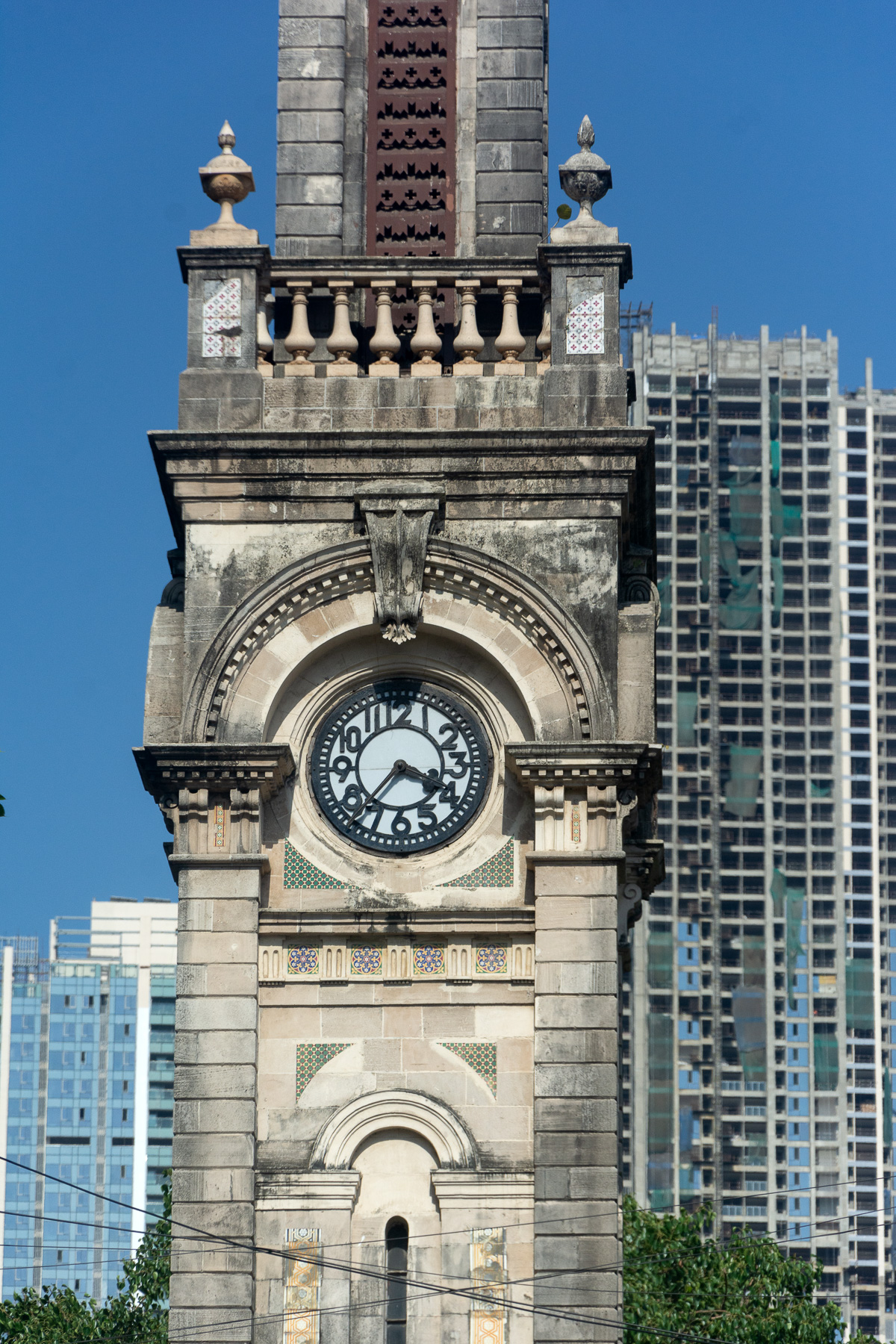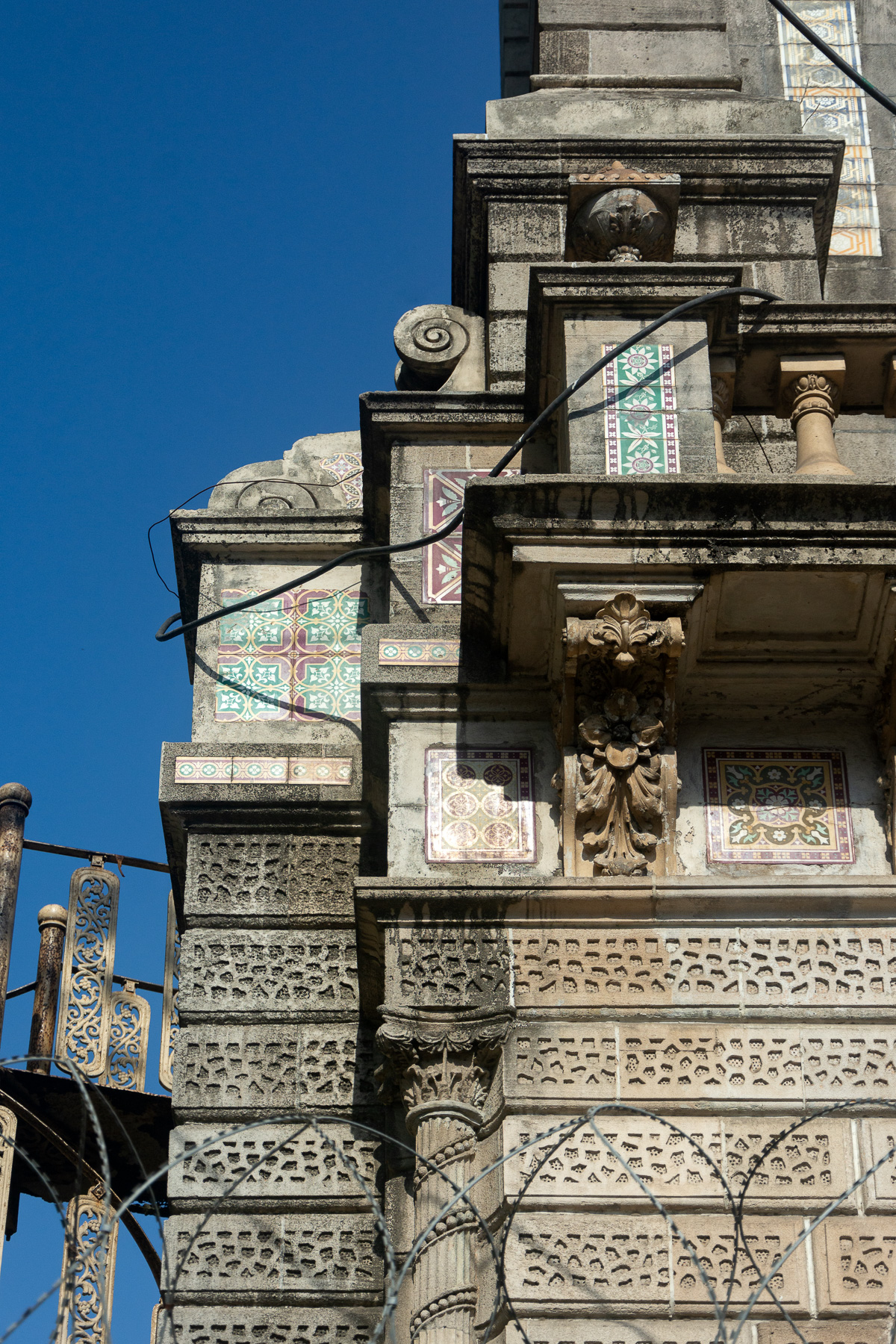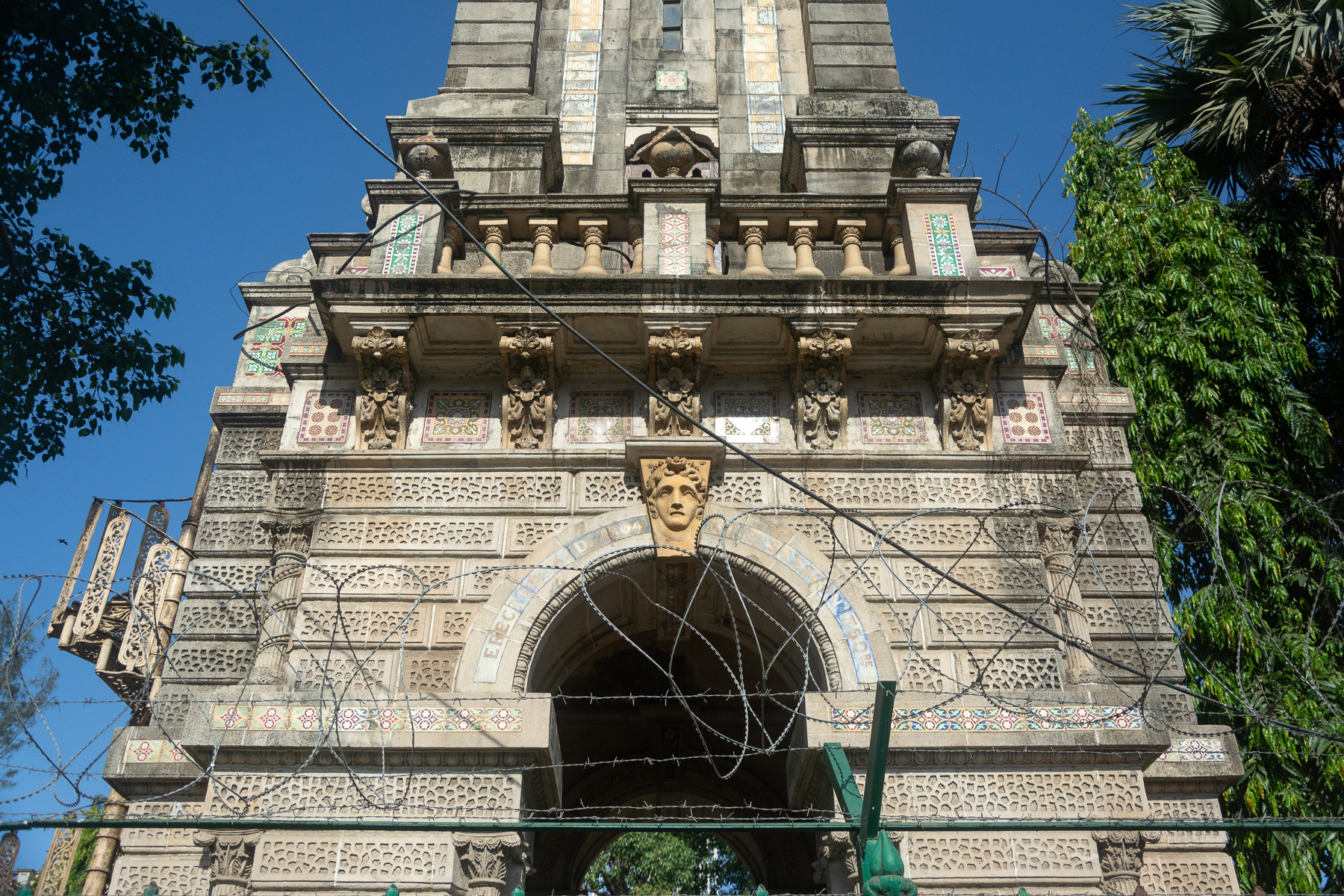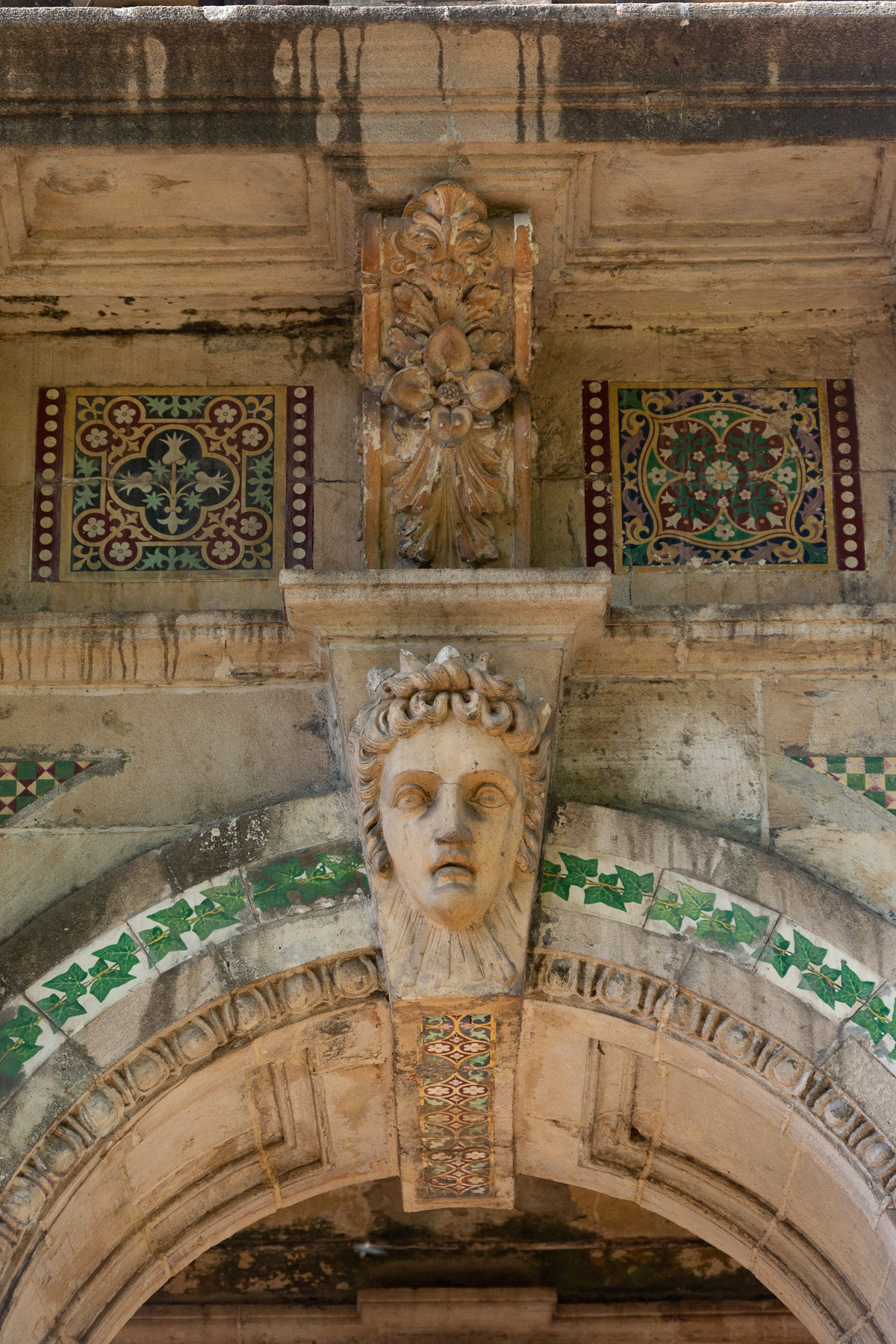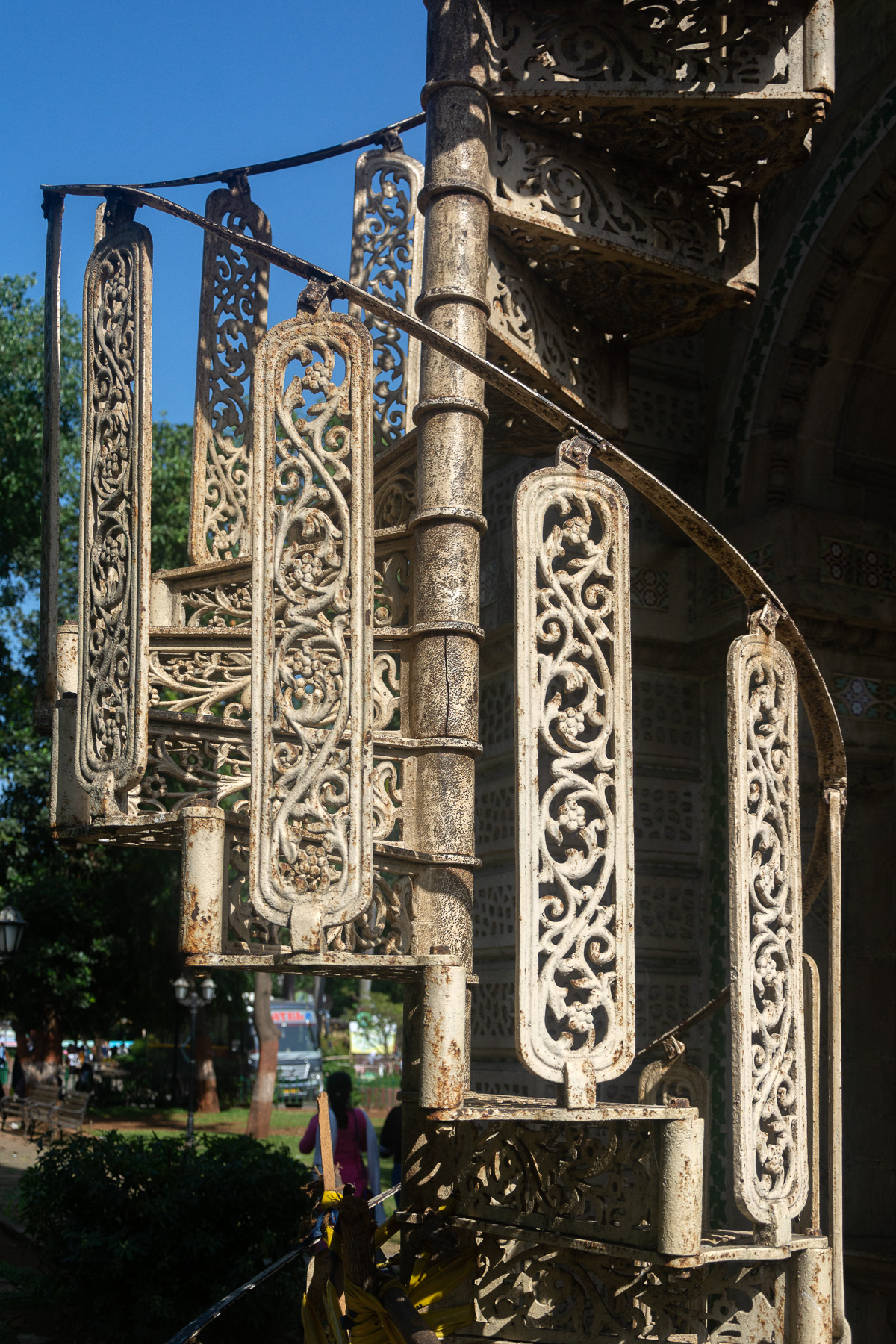David Sassoon Clock Tower
In a fast-paced city like Mumbai, there is a popular saying that time is money, where timely delivery of goods and services is of critical importance to traders and merchants. Before the widespread availability of watches, the common citizen had few means of accurate timekeeping. For their use and convenience, clock towers were erected in public spaces and tall buildings by the seths of Mumbai.
Seths of Bombay (Mumbai)
The seths were merchants, bankers, and traders of the traditional mercantile communities who had migrated to Mumbai in search of business opportunities under East India Company rule. Some prominent seths, like Jamsetjee Jeejeebhoy (1783-1859), Cowasji Jehangir Readymoney (1812-1878), and Jagannath Shankarseth (1803-1865), hugely benefitted from East India Company’s colonial expansion and amassed great wealth, trading in opium and cotton with China. They operated shipping routes across the Indian Ocean, setting up global business empires spread across Europe, Africa, the Middle East, India, Southeast Asia, and the Far East. Alongside making fabulous wealth for themselves, they also made philanthropic endowments for the upliftment of their community and established institutions for public welfare.
David Sassoon: Arrival at Mumbai
Foremost among the philanthropic seths was David Sassoon (1792-1864), who was born in a Jewish family in Baghdad. His father had served as the chief treasurer to the Pashas (Mamluk rulers of Baghdad, nominally part of the Ottoman Empire), a position David would inherit and hold till 1829. Though the Sassoon family fully integrated into Arabic culture, they faced religious persecution during the time of Daud Pasha (1767-1851), the last and most tyrannical of the Mamluk rulers. David Sassoon first visited Mumbai in 1832 and was charmed by its seaside beauty. During his visit, he was convinced about the advantages of living under the protective umbrella of the East India Company. He returned home, gathered his belongings and his family, and left Iraq for good, arriving in Mumbai as a refugee.
Mumbai in the 1830s was the bustling capital of the Bombay Presidency, expanding its territory in the Indian subcontinent and beyond. An assortment of foreign and native communities lived within the walled city, like the British, Armenians, Parsis, Jews, Arabs, Bohras, Abyssinians, Gujaratis, Kolis, Anglo-Indians, Portuguese, Omanis, Europeans, and Chinese. At the same time, the city already had a community of Jews of various denominations. Like the Sassoons, they fled religious persecution in their homeland and sought shelter in India, arriving in small groups over the centuries. The Sassoons arrived at a propitious moment in the city’s history. Mumbai was on the cusp of monumental changes brought about by the Industrial Revolution. The next phase of its evolution was to witness spectacular economic growth, land expansion and industrial progress, in which the Sassoons would play a vital role. Aided in business by his sons, Albert Abdullah (1818-1896) and Elias David (1820-1880), David Sassoon expanded his sphere of operations rapidly, first in the Gulf of Persia, a region with which he was already familiar, then in the lucrative opium trade with China, establishing offices as far as Shanghai.
Building a reputation and a legacy in the city
In Mumbai, David Sassoon gained a reputation for his uprightness and impeccable personal integrity in his business dealings. Though he never learned the English language, the British awarded him citizenship in 1853 in recognition of his services to the Empire. A devout Jew, he was meticulously observant of Judaic law and practice. He was looked upon as the head of the Jewish community in Mumbai. He donated large sums of money, for the benefit of the Jewish community and the general public, not just in Mumbai but wherever the Jewish diaspora lived and where he had business interests. At Byculla, David Sassoon built Sans Souci (now Masina Hospital), a palatial mansion for his large family, and donated land at Mount Estate to the Agri Horticultural Society of Western India for setting up a botanical garden in its vicinity. The garden was to exhibit an exotic collection of plants collected from various parts of India and the British Empire. This was the designated site at which the Agri Horticultural Society commissioned the Flora Fountain, but later installed it at Churchgate. The garden was inaugurated in 1862 and named Victoria Gardens as a display of loyalty towards Queen Victoria (1819-1901) by her Indian subjects after power was directly transferred from the East India Company to the British Crown in 1858.
Among his numerous endowments, David Sassoon supported setting up the Victoria & Albert Museum (now Dr. Bhau Daji Lad Museum), to which he donated the marble statue of Prince Albert (1819-1861), husband of Queen Victoria. The statue was sculpted by Mathew Noble at a price of £3,000, a princely sum of money in 1864. The Victoria & Albert Museum was inaugurated in 1872 with the statue as its centerpiece. In 1864, he donated £15,000 for the construction of an illuminated clock tower at the entrance to Victoria Gardens. The same year he funded the construction of the Magen David Synagogue in Byculla, which also features a clock tower. Another clock tower would feature at the Sassoon Docks, completed in 1875. When he died, on November 7th, 1864, his public benefactions were estimated to be more than Rs 7,00,000, and private benefactions were unaccounted for, which was estimated to be many times higher than the public figure. Various charity trusts, which exists even today, were founded and named after David Sassoon and members of the Sassoon family, who would continue the legacy after his death.
David Sassoon Clock Tower
The 67-feet high David Sassoon Clock Tower is built from Porbandar stone, which was used in many buildings in Mumbai, like the Chhatrapati Shivaji Maharaj Terminus, Knesset Eliyahoo Synagogue, Bombay High Court, and Crawford Market, to name a few important ones. The clock tower originally stood outside the gates of Victoria Gardens, by the side of the main road, then known as Parel Road (now BR Ambedkar Road). In 1926, during road widening, the clock tower was dismantled brick by brick and reconstructed at its present location, close to the Victoria & Albert Museum. The shifting was done with great sensitivity and care, retaining the earlier alignment. The clocks are provided with patent opal glass dials, each measuring four feet in diameter, and they are still operational. The apparatus is installed on the upper floor of the clock tower, accessed via a spiral staircase.
The ground floor of the clock tower is 12 square feet in area, with arched openings on all sides flanked by decorative fluted colonnettes. The flooring, keystones, and walls are decorated with panels of Minton tiles and dressings of Blashfield's terracotta from Stamford, Lincolnshire. The ground floor is open to the public, with access from the east, through a path leading from Victoria Garden, and from the west, via BR Ambedkar Road, though it is now separated from the road by a boundary wall. The ground floor arches have terracotta keystones with faces that are allegorical depictions of the hours of the day, representing morning, evening, noon, and night, each facing a cardinal direction. David Sassoon's name is inscribed on the ground floor arch with the year of its construction, 1864.
The clock tower is built in Neo-Palladian style, named after Venetian architect Andrea Palladio (1508-1580). Palladio’s style was inspired by concepts of symmetry, perspective, and classical forms inspired by ancient Roman and Greek architecture. Hence, Palladian architecture has a striking resemblance to the architecture that developed in Italy during the Renaissance, when a conscious revival was made to incorporate elements of ancient Greek and Roman thought and material culture. During the 17th century, many architects studying in Italy were inspired by Palladio's work, and on returning to their home countries, they adopted the Palladian style, leading to its widespread popularity across Europe and North America. The style remained popular till the 19th century, later making way for Neo-Classical and Neo-Gothic styles.
The David Sassoon Clock Tower, the triple-arched gateway to Victoria Garden, Victoria & Albert Museum, and Frere Temple (inside Victoria Garden) were all constructed and designed simultaneously by William Tracey. Unfortunately, he died midway, and the projects had to be completed by Messrs. Scott, McClelland & Co. Therefore, the buildings serve as an early example of controlled development in Mumbai, retaining a prevalent set of building rules and architectural style. These structures are the only examples built in the Neo-Palladian style, making them visually distinct and significant in the evolution of Mumbai’s architectural heritage.
The David Sassoon Clock Tower, the triple-arched gateway to Victoria Garden, Victoria & Albert Museum, and Frere Temple (inside Victoria Garden) were all constructed and designed simultaneously by William Tracey. Unfortunately, he died midway, and the projects had to be completed by Messrs. Scott, McClelland & Co. Therefore, the buildings serve as an early example of controlled development in Mumbai, retaining a prevalent set of building rules and architectural style. These structures are the only examples built in the Neo-Palladian style, making them visually distinct and significant in the evolution of Mumbai’s architectural heritage.
David Sassoon's (1792–1864) name is inscribed on the ground floor arch. He funded many public welfare institutions and also donated £15,000 for the construction of an illuminated clock tower at the entrance to Victoria Gardens. Various charity trusts, which continue to exist today, were funded and named after David Sassoon and members of the Sassoon family.
Arch and keystone detail consists of panels made of Minto tiles and dressings of Blashfield's terracotta from Stamford, Lincolnshire. The clock tower is built from Porbandar stone, which was used in many public buildings in Mumbai, like the Chhatrapati Shivaji Maharaj Terminus, the Knesset Eliyahoo Synagogue, the Bombay High Court, and Crawford Market.
The ground floor arches have terracotta keystones with faces that are symbolic depictions of the hours of the day, representing morning, evening, noon, and night, each facing a cardinal direction.
The apparatus is installed on the upper floor of the clock tower. A wrought iron spiral staircase leads to the upper level of the clock tower. Access to the staircases is prohibited, and no one is allowed to climb up.
The year in which David Sassoon funded the clock tower at Victoria Gardens, he also constructed the Magen David Synagogue in Byculla, which too features a clock tower. Another clock tower would feature at the Sassoon Docks, completed in 1875. The David Sassoon Library and Reading Room also have a huge clock, though not installed in a separate clock tower.

